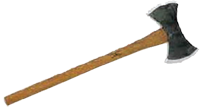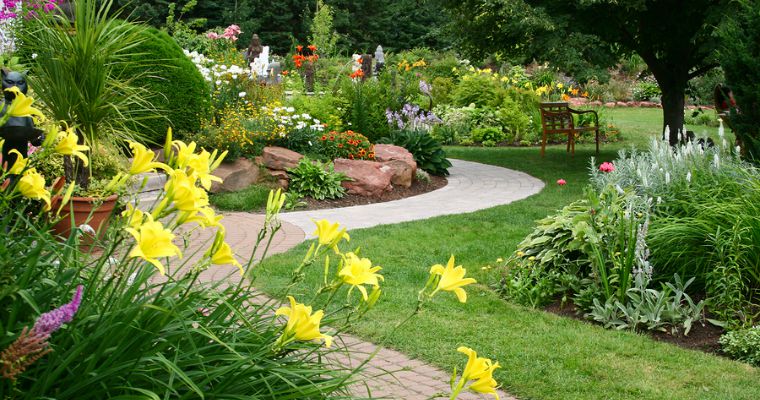There’s more to landscaping than cutting the grass and trimming the trees. While these are some of the many essential steps in achieving the “perfect” landscape, there are several other elements that shouldn’t be overlooked.
Cleanliness
Let’s go ahead and get the most obvious element out of the way: cleanliness. Yards that are riddled with debris are a major eye-sore, hurting the home’s curb appeal. To prevent this from happening to your landscape, try to pick up downed branches and tree limbs, as well as rake leaves and pine straw regularly.
Defined Walkways
You can’t expect to achieve the perfect landscape if the driveway and sidewalk are being taken over by encroaching weeds and brush. Define the surrounding walkways such as these by edging them on a regular basis.
If encroaching weeds are a problem, you can further protect your walkways by spraying them with a weed killer or vinegar (note: vinegar is an excellent, all-natural weed killer).
Proper Grass Height
Of course, another element of well-manicured landscape is proper grass height. When grass becomes too tall, it will create a messy appearance that does your yard no justice. On the other hand, grass that’s too short is susceptible to damage caused by the sun, malnutrition, exposure to acidic elements, etc.
So, what’s the appropriate height for grass? It really depends on the variety of grass you have. For Kentucky Bluegrass, the ideal mowing height is between 1½ and 2½ inches, whereas Tall fescue is best mowed at 2 to 3 inches, and St. Augustine at 2 to 4 inches.
Balance and Symmetry
Balance and symmetry are essential in creating an attractive landscape. If one side of your plant bed has three plants, for instance, make sure the other side has three as well. This otherwise simple rule will go a long ways in enhancing the appearance of your landscape while ensuring it has positive energy.
Seasonal Adaptability
Ideally, your landscape should include at least some assortment of plants, trees, shrubs, etc. that are capable of growing and thriving in the current season. If your landscape only contains plants that bloom for a couple of weeks during the spring, the remaining forty-something weeks will leave your yard looking bland and uninspired.
If you need help choosing seasonal plants for your landscape, don’t be afraid to ask for recommendations at your local plant nursery. They will gladly point you in the right direction, while offering tips on how to grow them.
The Woodsman Company offers tree planting, tree pruning and shrub trimming, tree removal and stump grinding as well as a tree wellness program.
If we can help with any of your tree care needs give us a call at 512-846-2535 or 512-940-0799 or

